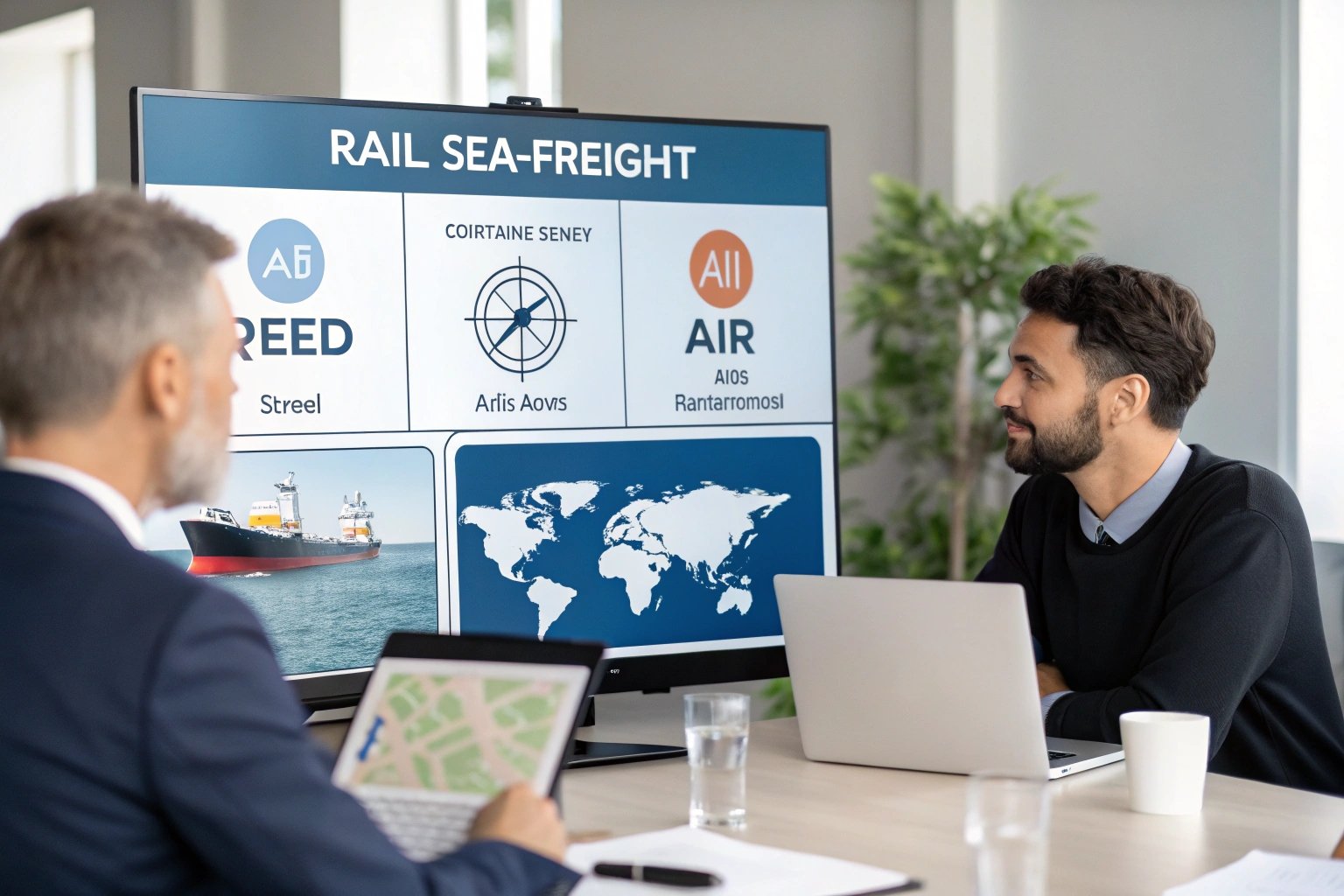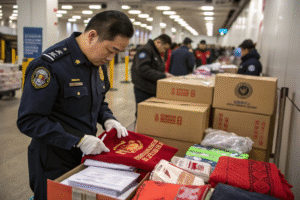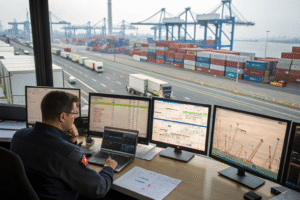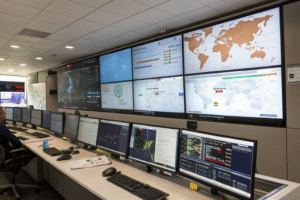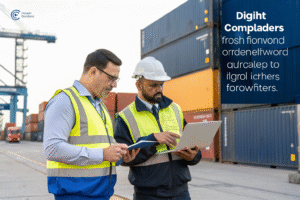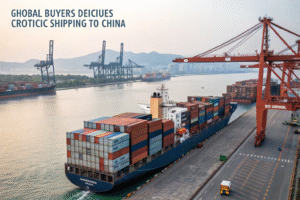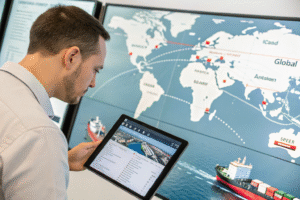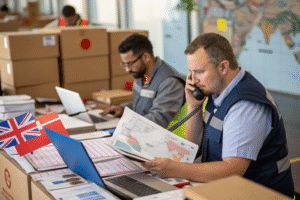When importing goods internationally, your shipping mode affects everything — speed, cost, reliability, and customer satisfaction. So which is best: rail, sea, or air?
Rail freight sits between ocean and air shipping in both cost and transit time. It’s faster than sea, cheaper than air, and ideal for trade between China and Europe.
If you're importing to Europe and balancing time and budget, rail freight might be the perfect solution. Let me break down the differences and show you when rail makes sense.
Cost comparison: rail vs. sea vs. air freight
Let’s start with the money. Importers often assume sea is cheapest and air is fastest — and they’re mostly right. But rail offers a third option that balances cost and speed.
Rail freight costs about 2–4 times more than sea, but 3–6 times less than air. It offers a mid-range pricing model for medium-urgency shipments.

What are the average freight rates in 2025?
For a 40-foot container from China to Europe:
| Mode | Estimated Cost (USD) | Billing Basis |
|---|---|---|
| Ocean Freight | $2,500–$3,500 | Per container |
| Rail Freight | $6,000–$9,000 | Per container |
| Air Freight | $25,000–$35,000 | Per 1,000 kg |
As a rule of thumb:
- Sea = best for bulk, low-margin cargo
- Rail = best for mid-size, moderately urgent shipments
- Air = best for urgent, high-value, or lightweight goods
At GeeseCargo, we’ve helped clients reduce air freight spending by 40% by switching part of their shipments to rail — with only 10–14 extra days in transit.
Are there hidden fees in rail pricing?
Yes. Watch for:
- Transloading fees at borders (due to rail gauge changes)
- Terminal handling at destination
- Local delivery from inland depots (e.g., Duisburg to Berlin)
That’s why we always offer door-to-door rail quotes — not just rail terminal pricing.
Transit time differences across shipping modes
Speed matters — especially in today’s competitive supply chains. If you're on a deadline, the time-to-market of each mode will guide your decision.
Air is the fastest, sea is the slowest, and rail sits in the middle. From China to Europe, rail takes 14–20 days, versus 35–45 days by sea and 5–9 days by air.

How long does each mode take door-to-door?
| Mode | China to Europe Transit Time | Reliability |
|---|---|---|
| Air Freight | 5–9 days | High (weather-dependent) |
| Rail Freight | 14–20 days | Medium–High |
| Sea Freight | 35–45 days | Medium (port congestion) |
Actual delivery time includes:
- Pickup from supplier
- Customs clearance
- Main transportation
- Delivery to buyer’s warehouse
In 2024, one of our French clients used rail to meet a retail launch. Sea would have been too slow, and air too expensive. Rail struck the balance — their products arrived 12 days early and 70% cheaper than air.
Do delays affect all modes equally?
Not quite:
- Air: Mostly affected by storms or airport bottlenecks
- Sea: Slowed by port congestion, labor strikes, or long customs queues
- Rail: Disrupted by rail network issues, border checks, and capacity limits
Rail is relatively stable — but can be delayed at border crossings in Kazakhstan, Belarus, or Poland. We monitor rail lane status weekly to help clients plan better.
When to choose rail freight from China to Europe
Not every shipment needs to fly. And not every order can wait 40+ days at sea. That’s where rail freight shines.
You should choose rail freight when your cargo is time-sensitive, not urgent, moderately high in value, and destined for inland European cities.
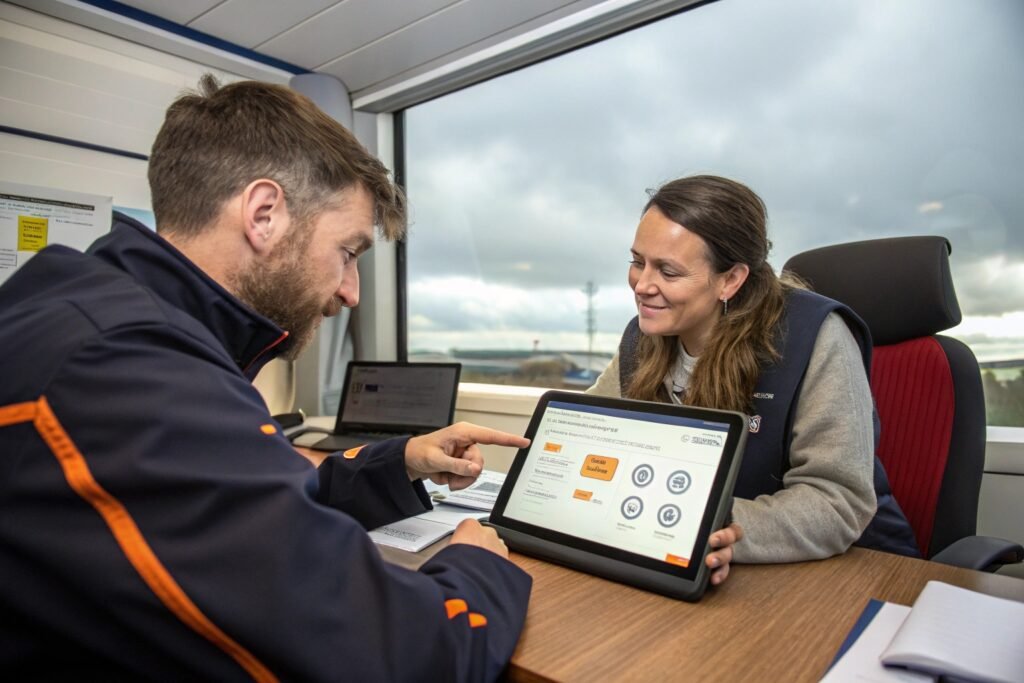
What cargo types work best for rail?
| Ideal Goods | Reason |
|---|---|
| Electronics | Moderate weight + high value |
| Auto Parts | Time-sensitive and boxed |
| Fashion | Pre-season delivery, stable packaging |
| Small Machinery | Not suited for long sea delays |
| Home Decor | Medium-volume, seasonal demand |
We helped a Dutch wholesaler switch their Christmas decor shipment to rail. Result: 18-day delivery from Yiwu to Hamburg — 20 days faster than sea, 80% cheaper than air.
What are the main rail routes from China to Europe?
The China-Europe Railway Express connects major cities:
- Chongqing, Zhengzhou, Wuhan, Xi’an →
- via Kazakhstan, Russia, Belarus →
- to Hamburg, Duisburg, Warsaw, Milan
Freight forwarders like us book space on these weekly trains, manage documentation, and coordinate trucking at both ends.
Pros and cons of rail freight for importers
Rail freight offers a lot — but it’s not for every shipment. Understanding the advantages and limitations helps you choose the right mode confidently.
Rail freight offers speed, cost savings, and inland flexibility. But it has limited capacity, complex routing, and fewer departure frequencies than sea or air.

What are the pros and cons?
| Pros | Cons |
|---|---|
| Faster than sea | More expensive than sea |
| Cheaper than air | Not suitable for urgent or perishable goods |
| Connects inland Europe | Limited departure days |
| Lower CO₂ than air | Customs checks at multiple borders |
| Predictable routes | Risk of geopolitical disruption (e.g., in Eastern Europe) |
For example, during 2022 disruptions at the Poland–Belarus border, we rerouted a client’s container through a southern rail corridor via Turkey. It added 3 days — but avoided total stoppage.
Can rail be combined with sea or air?
Yes — we call this multimodal transport. For instance:
- Ship part of your cargo by rail, rest by sea
- Use air-rail for launch stock and restock by sea
- Combine LCL by sea + LCL by rail to cover different regions
We’ve used these setups for clients with warehouses in both Hamburg and Marseille — optimizing speed for some products and cost for others.
Conclusion
Rail freight is the quiet middle-ground hero of international shipping — faster than sea, cheaper than air, and ideal for time-sensitive European deliveries. With a forwarder like GeeseCargo managing routes, customs, and tracking, rail becomes a powerful tool in your global logistics strategy.
